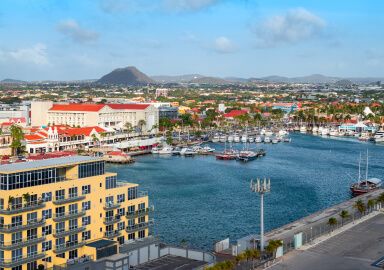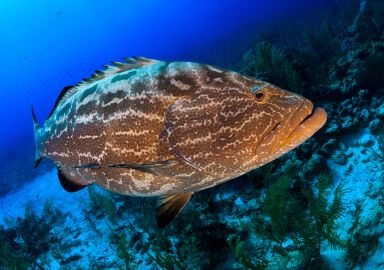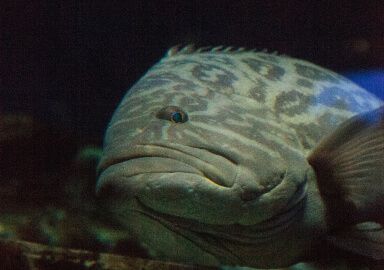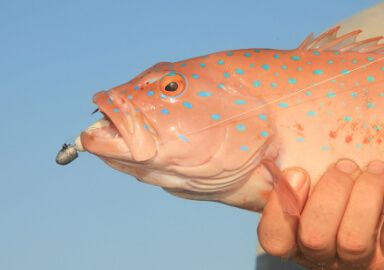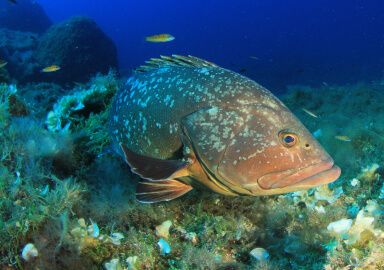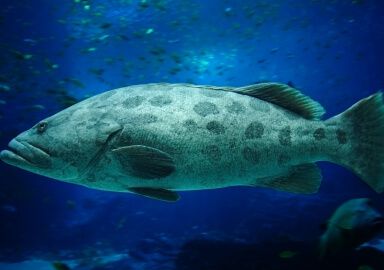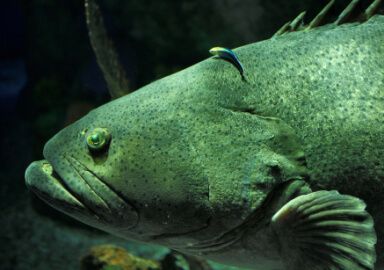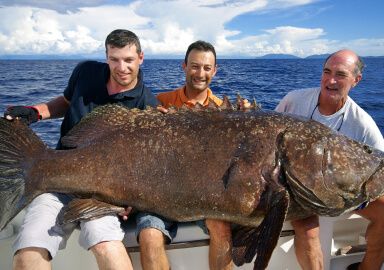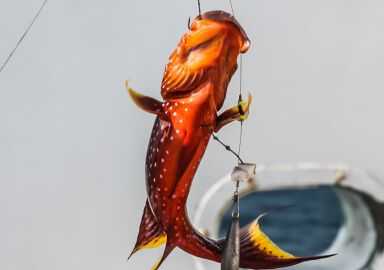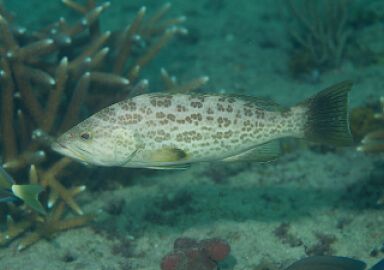Snowy Grouper
Crappies are a smallish freshwater fish in the USA that probably provides more fun and entertainment than many of the other species combined.
View 5 listings
5
listings
–
price starting from
2
countries
Where and When?
Snowy grouper are mostly a deep water, offshore species, although the juveniles are found closer inshore. The depth range is quoted as an amazing 10 - 525 meters (33-1 722 ft.) and indeed most adult fish are found at great depths. Closer inshore they are usually associated with hard complex structures such as wrecks and reefs while offshore they seem more cosmopolitan. They are found along the western Atlantic Ocean and are, generally, distributed from Virginia southwards round the Gulf of Mexico, across to Bermuda and right down to the Valdes Peninsula in Argentina. There are, however, occasionally more northern records that even extend into Canadian waters. In American waters there is an open season from 1 January to 31 August, but restrictions exist and the season may be closed early if catch limits are reached. Being usually found at great depths, daylight fishing is the usual approach, but at such depths, little light reaches the fish. Along the USA coast, a prime spot for snowy grouper fishing is off Virginia and particularly at known deep water wrecks. June is usually regarded as the best month to fish in American waters and this is when snowy grouper aggregate for spawning.
About Snowy Grouper
The snowy, golden grouper or “brownie” (Hyporthodus niveatus), is a relatively robust and roundish (fat) member of the groupers. Its colour is quite distinctive in that, while the overall colour is a rich brown, there is, particularly in the juveniles, a distinctive series of white spots running in lines down its flanks. There is also a black margin on the top of the spiny part of the dorsal fin. Snowy grouper are a fairly fast growing species and can reach a maximum weight of about 30 kilograms (66 lbs) and length of 1.22 meters (66 in). The record, however, is a fish of 70 lbs 7 ounces caught off the shore of Virginia. They mature at between 3 - 5 years as females, but, after about three years, it appears that they all change to being active males. They are called protogynous hermaphrodites and this phenomenon is not uncommon in the Serranidae family. Females are recorded producing over two million eggs in one season. They feed on fish and also many invertebrates.
How to Catch?
Snowy groupers are known as an extremely challenging species to target and catch but, generally, anglers report that the effort and wait is usually worth the expenses in time, effort and cash. While juveniles can be caught off shores or close to shore, most angling for snowy grouper is carried out from boats and over deep, to very deep, water. Fly fishing and spinning is usually not possible and many anglers have to use “electric” reels to get down to the depths necessary to find a snowy grouper. As these fish may grow large and live near cover, good heavy tackle and expert advice is essential to avoid disappointment and wasted resources. Braid works best at these depths and, at least 70 lbs is recommended to enable the angler to pull a good fish up. A wide variety of baits may be used but it often takes some time for a bite from this species as large specimens are territorial and only patrol their areas slowly. The capture of a good snowy grouper is not easy, but they are worth the trouble and catching a substantial snowy grouper could be one of the highlights of your angling career.

